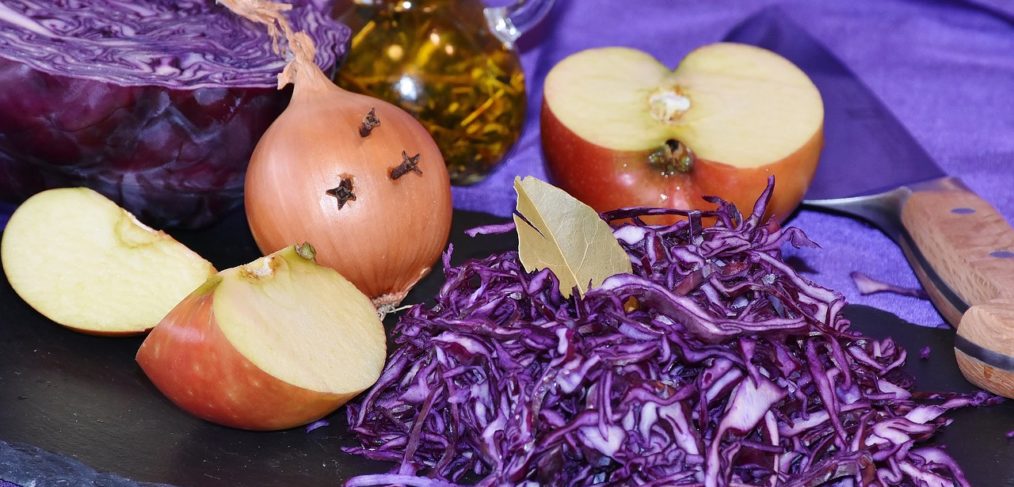
Winter Vegetables
Nature knows. When gray days and dark nights bring the sweet indulgences of New Years, Mother Nature provides some of her most powerful foods. Winter vegetables, primarily in the cruciferous family, restore your vitality in several ways.
Liver Tonic
The vegetables that thrive in cooler weather (not above 70 degrees) include leafy greens, plants in the onion family, and crucifers. For instance, spinach and chard (leafy greens), garlic and leeks (onion family), and cauliflower and cabbage (crucifers) are highly frost-resistant. In fact, they may even be sweeter when the temperature dips below freezing. While the crucifers have a reputation for smelling and tasting strong because of their sulphur compounds, it is these nutrients that benefit your liver. They help the liver detoxify your blood and they protect your liver from damage. Other crucifers are broccoli, Brussels sprouts, kale, collards, turnips, and bok choy.
In addition, onions, chives, shallots, leeks, and garlic have sulphur compounds. So, they are tonic to the liver as well.
More Benefits of Winter Vegetables
The cool season vegetables are high in fiber. Not only does this include the vegetables above, but also stalk vegetables, such as celery and fennel. Fiber normalizes bowel movements, regulates blood sugars, lowers cholesterol, and aids in weight management.
Winter vegetables – especially leafy greens and many of the crucifers – are high in chlorophyll. Therefore, they are blood-builders and detoxifiers. Also, cold-tolerant produce runs high in antioxidants and is cancer-protective.
How to Eat Winter Vegetables
Steaming or roasting, then dressing with butter and lemon are delicious and healthy ways to serve cold-hardy vegetables. Crucifers yield their sulphur compounds more readily when cooked. I enjoy splashing them with a bit of balsamic vinegar in place of the lemon. A mix of rosemary, thyme, oregano, and marjoram sprinkled on these winter offerings makes them even more appetizing. You might enjoy this recipe for oven-roasted vegetables that includes turnips and broccoli or Brussels sprouts.
For an exotic Diner en Blanc, you can try cauliflower dressed with anchovy fillets and Pecorino Romano cheese. But if the thought of vegetable anything turns you off, perhaps you’ll like moist chocolate cake that uses cauliflower as a secret ingredient.
Below are the simplest ways to prepare several of the most common winter vegetables. 
